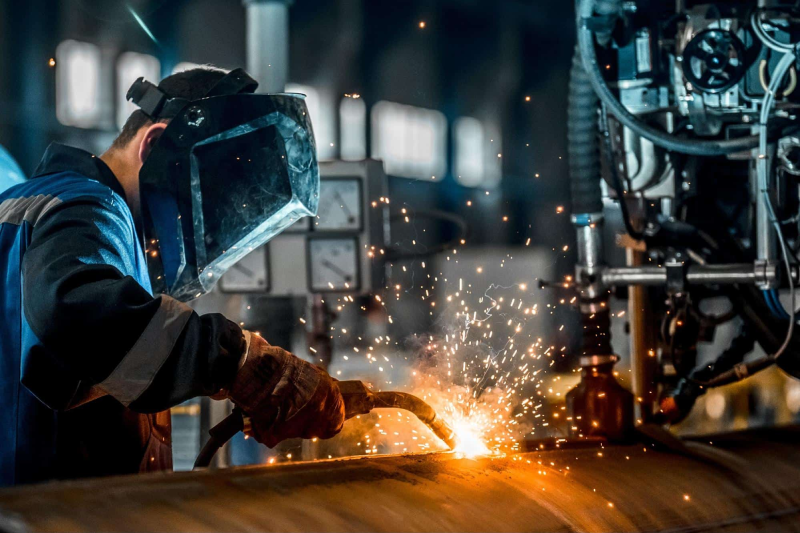FABRICATION & WELDING ENGINEERING

Course Features
- Course
- Duration
- Eligibility
- Course
- Duration
- Eligibility
FABRICATION & WELDING ENGINEERING
Mechanical fabrication engineering is a specialized field within the broader
discipline of mechanical engineering that deals with the design, construction,
and assembly of mechanical systems and components. It involves the fabrication
of mechanical components, such as machine parts, structures, and assemblies,
from raw materials using various manufacturing processes.
Mechanical fabrication engineers must have a strong understanding of materials
science, manufacturing processes, and design principles to be able to select the
most appropriate fabrication techniques and materials for a given project. Some
of the common manufacturing processes used in mechanical fabrication engineering
include welding, machining, casting, forging, and sheet metal forming.
Mechanical fabrication engineering plays a critical role in a wide range of
industries, including aerospace, automotive, construction, and energy. Proper
design, construction, and assembly of mechanical systems and components are
essential to ensure safe and reliable operation, minimize maintenance costs, and
prevent accidents and failures.
Welding engineering is a specialized field within the broader discipline of
mechanical engineering that deals with the design, development, and
implementation of welding processes and systems. Welding is the process of
joining two or more pieces of metal or thermoplastic materials by melting the
surfaces to be joined and allowing them to cool and fuse together. Welding
engineering plays a critical role in a wide range of industries, including
aerospace, automotive, construction, and energy. Proper welding techniques and
systems are essential to ensure safe and reliable operation, minimize
maintenance costs, and prevent accidents and failures.
Welding engineers often work closely with other engineers and designers, as well
as with welders, fabricators, and other skilled tradespeople, to ensure that
welding systems are designed and implemented to the highest standards of quality
and precision. They also use specialized software tools for design and analysis,
as well as compliance with industry standards and regulations.
